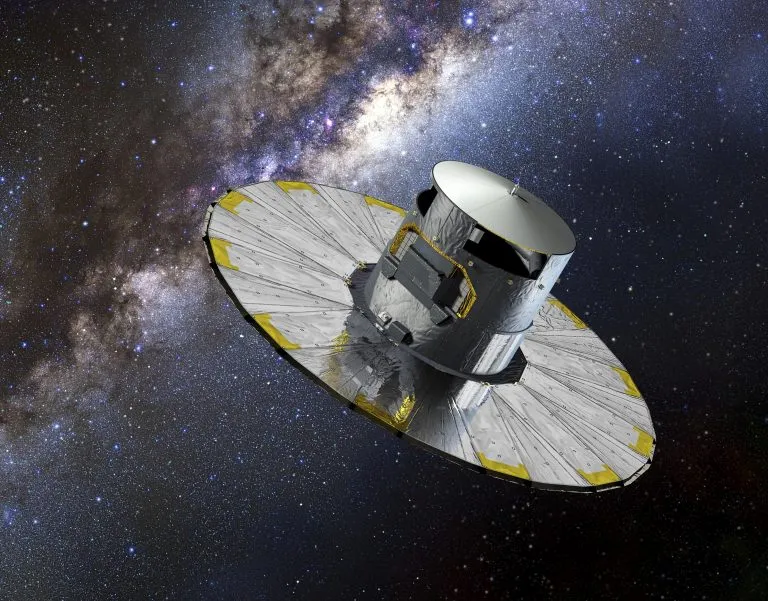White dwarfs were once normal stars similar to the sun, but collapsed after running out of all fuel. Historically, these interstellar remnants have been difficult to study. However, a recent study by astronomers at Lund University in Sweden has revealed new information about the motion patterns of these confusing stars**

The radius of a white dwarf is about one percent of that of the sun. They have roughly the same mass, which means they have an amazing density of about 1000 kilograms (2200 pounds) per cubic centimeter. In billions of years, white dwarfs will cool to the point where they no longer emit visible light and turn into so-called black dwarfs.
40 Eridani A is the first discovered white dwarf star. It is a bright object 16.2 light-years away from the earth, surrounded by a binary system composed of white dwarf 40 Eridani B and red dwarf 40 Eridani C. Since its discovery in 1783, astronomers have been trying to learn more about white dwarfs in order to better understand the evolution history of the Milky Way galaxy.
In monthly journal of the Royal Astronomical Society 》In a study published in, a research team can make new discoveries about how collapsed stars move.

"Due to the observation of Gaia space telescope, we have successfully revealed the three-dimensional velocity distribution of the largest white dwarf catalog so far for the first time." "This gives us an unparalleled detailed description of their velocity structure," said Daniel Mikkola, a PhD candidate in astronomy at Lund University
Because of Gaia, researchers have measured the position and velocity of about 1.5 billion stars. But only recently have they been able to focus entirely on white dwarfs near the solar system.
"We have managed to map the velocity and motion patterns of white dwarfs. Gaia found that there are two parallel sequences when observing the temperature and brightness of white dwarfs." Daniel Mikkola said: "if we study these separately, we can see that they move in different ways, which may be the result of their different mass and life span."
These results can be used to develop new simulations and models to continue to map the history and development of the Milky way. By increasing their understanding of white dwarfs, researchers hope to clarify some of the problems surrounding the birth of the Milky Way galaxy.
"This study is important because we know more about the closest region in our Milky Way galaxy." Daniel Mikkola concluded: "these results are also interesting because our own star, the sun, will one day become a white dwarf, just like 97% of all stars in the Milky way."